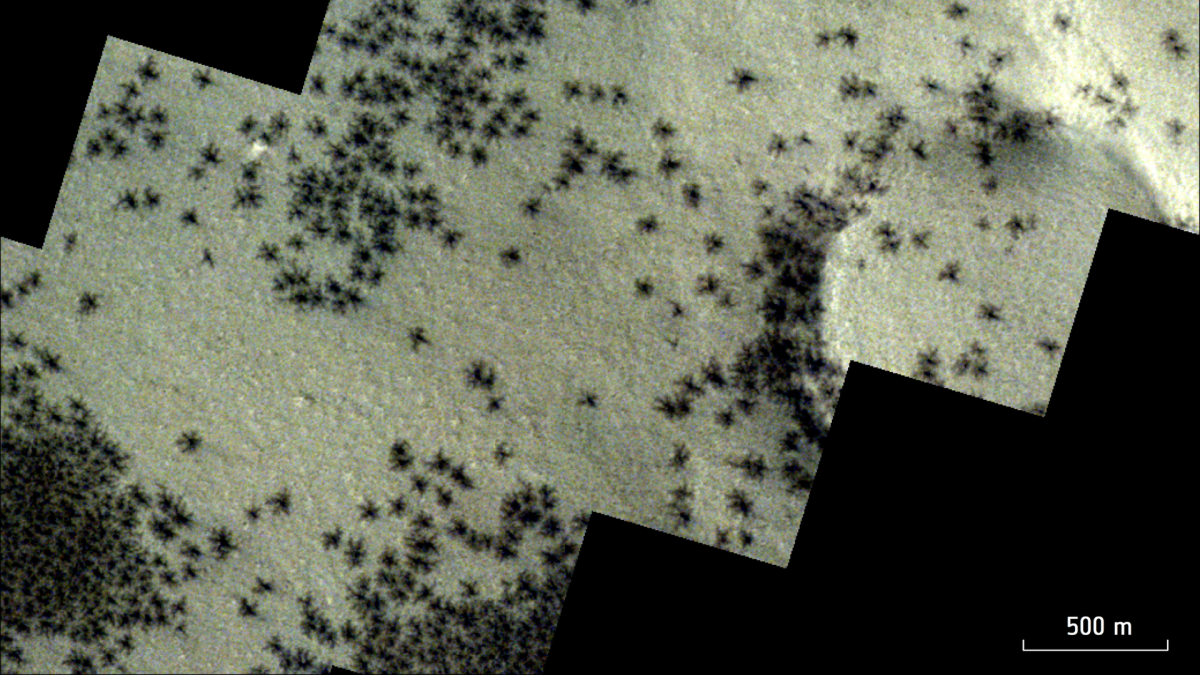Lifestyle
How’s this for a long-distance call?
The National Aeronautics and Space Administration has managed to beam a laser from the vast reaches of space to Southern California in what was a historic event last week.
It’s also a big step toward sending astronauts to Mars.
NASA’s Deep Space Optical Communications (DSOC) fired the infrared laser — encoded with data for testing — 10 million miles away from the Earth in about 50 seconds.
The photon was emitted from NASA’s unmanned Psyche spacecraft, which launched in October and is on a larger mission to explore a metal-filled comet between Mars and Jupiter in the asteroid belt in 2028.
The breakthrough — which was sent to the Hale Telescope at Caltech’s Palomar Observatory in San Diego — is the farthest demonstration of optical communications ever, according to NASA.
Putting it in perspective, the moon is a mere 238,900 miles from our pale blue dot.
It achieved what space experts dubbed “first light” early on Nov. 14 when the laser’s high-tech transceiver successfully locked onto another NASA facility in the Golden State. After linking with the Jet Propulsion Laboratory facility outside of LA, the laser was then able to finely focus its course southbound to San Diego.
The laser’s successful blast is an instrumental step in getting closer to in-person deep space explorations, according to NASA’s Director of Technology Demonstrations, Trudy Kortes.
“Achieving first light is one of many critical DSOC milestones in the coming months, paving the way toward higher-data-rate communications capable of sending scientific information, high-definition imagery and streaming video in support of humanity’s next giant leap: sending humans to Mars.”
It follows a breakthrough from the Mars Perseverance rover that turned unbreathable air on the planet into oxygen.
Researchers also believe they have found key building blocks for life on the terrestrial world.
Another key element is that testing data was both sent to Earth and received in space through a process called uplinking — a laser transmitted from the DSOC telescope laboratory — and downlinking down to the Palomar observatory. The process of sending signals back to Earth from the satellite takes about 20 minutes.
“It was a formidable challenge, and we have a lot more work to do, but for a short time, we were able to transmit, receive and decode some data,” DSOC operations lead Meera Srinivasan said.
The ultimate goal is to transmit data 100 times greater than the highly sophisticated radio frequency systems used in the test. Once achieved, NASA would not only be able to aid human and robot missions but also send higher-resolution instruments into deep space for study.
“Optical communication is a boon for scientists and researchers who always want more from their space missions, and will enable human exploration of deep space,” said Dr. Jason Mitchell, director of NASA’s Advanced Communications and Navigation Technologies Division.
“More data means more discoveries.”
Load more…
{{/isDisplay}}{{#isAniviewVideo}}
{{/isAniviewVideo}}{{#isSRVideo}}
{{/isSRVideo}}

Dr. Sarah Adams is a scientist and science communicator who makes complex topics accessible to all. Her articles explore breakthroughs in various scientific disciplines, from space exploration to cutting-edge research.








